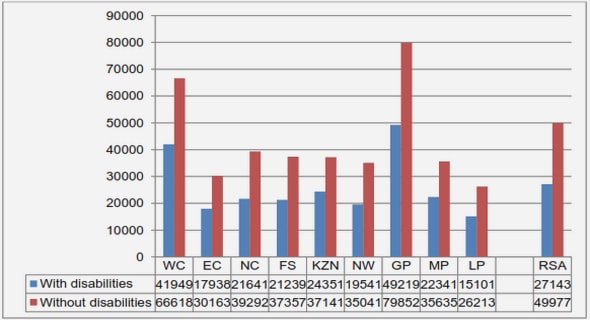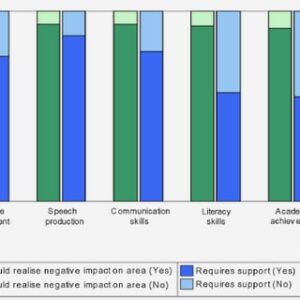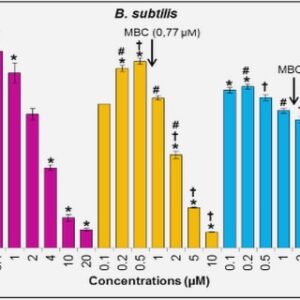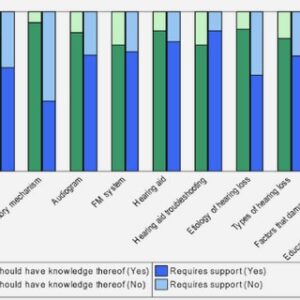(Downloads - 0)
For more info about our services contact : help@bestpfe.com
Table of contents
1. CHAPTER 1: STATE OF THE ART ALTERNATIVE PROCESS OF EXTRACTION AND PURIFICATION OF HIGH ADDED VALUE COMPOUNDS FROM GRAPE BYPRODUCTS
1.1. INTRODUCTION
1.2. EXTRACTION AND PURIFICATION OF HIGH ADDED VALUE COMPOUNDS FROM BYPRODUCTS OF THE WINEMAKING CHAIN USING ALTERNATIVE/NON-CONVENTIONAL PROCESSES/TECHNOLOGIES
1.2.1. Introduction
1.2.2. Pre-treatment of grape by-products for the enhancement of mass transfer phenomena: conventional and alternative techniques
1.2.2.1. Grinding
1.2.2.2. Pulsed electrical field (PEF) assisted extraction
1.2.2.3. High voltage electrical discharges (HVED) assisted extraction
1.2.2.4. Ultrasound (US) assisted extraction
1.2.2.5. Comparison of pre-treatment processes
1.2.3. Solid-to-Liquid extraction (SLE) of high added value compounds
1.2.3.1. Conventional extraction technique: Low pressure extraction using organic solvents
1.2.3.2. High-pressure extraction
1.2.3.2.1. High temperature and high-pressure extraction/ Subcritical water extraction (SWE)
1.2.3.2.2. Supercritical fluid extraction (SFE)
1.2.3.3. Comparison of extraction processes
1.2.4. Purification and fractionation of the extract
1.2.4.1. Solid phase extraction
1.2.4.2. Resin adsorption
1.2.4.3. Membrane processes
1.2.5. Conclusion
References
2. CHAPTER 2: SUBCRITICAL WATER EXTRACTION OF HIGH ADDED VALUE COMPOUNDS FROM FERMENTED GRAPE POMACE
2.1. INTRODUCTION
2.2. CHARACTERIZATION OF POLYPHENOLS AND ANTIOXIDANT POTENTIAL OF RED AND WHITE POMACE BY-PRODUCT EXTRACTS USING SUBCRITICAL WATER EXTRACTION
2.2.1. Introduction
2.2.2. Material and methods
2.2.2.1. Chemicals
2.2.2.2. Raw material
2.2.2.3. Process of extraction and parameters
2.2.2.4. Conventional extraction experiments
2.2.2.5. Analysis
2.2.2.5.1. Total polyphenols content
2.2.2.5.2. Antioxidant activity
2.2.2.5.2.1. ABTS Assay
2.2.2.5.2.2. CUPRAC Assay
2.2.2.5.2.3. FRAP Assay
2.2.2.5.2.4. ORAC Assay
2.2.2.5.3. Anthocyanins analyses
2.2.2.5.4. Flavan-3-ols and gallic acid analyses
2.2.2.6. Statistics
2.2.3. Results and discussion
2.2.3.1. Total Polyphenol Content.
2.2.3.2. Total Proanthocyanidins Content
2.2.3.3. HPLC Analysis of Monomeric and Oligomeric Flavan-3-ols
2.2.3.4. HPLC Analysis of Anthocyanins for red grape by-products
2.2.3.5. Antioxidant Capacity
2.2.4. Conclusion
2.3. SUBCRITICAL WATER EXTRACTION AND NEOFORMATION OF ANTIOXIDANT COMPOUNDS FROM DUNKELFELDER GRAPE POMACE
2.3.1. Introduction
2.3.2. Material and methods
2.3.2.1. Raw material
2.3.2.2. Process of extraction and parameters
2.3.2.3. Conventional extraction experiments
2.3.2.4. Analysis
2.3.2.4.1. Total polyphenols content
2.3.2.4.2. Antioxidant activity
2.3.2.4.3. Anthocyanins analyses
2.3.2.4.4. Flavan-3-ols and gallic acid analyses
2.3.2.4.5. Analysis of Hydroxymethylfurfural (HMF) and Furfural
2.3.2.5. Statistics
2.3.3. Results and discussion
2.3.3.1. Influence of operating parameters
2.3.3.2. Temperature
2.3.3.3. Pressure
2.3.3.4. Flow rate/hydraulic retention time
2.3.3.5. Temperature influence on the extract composition
2.3.3.6. Antioxidant Capacity of the Extracts
2.3.3.7. Maillard and Caramelization Reactions
2.3.4. Conclusions
3. CHAPTER 3: FRACTIONATION OF DIFFERENT PHENOLIC CLASSES FROM GRAPE POMACE EXTRACTS BY MEMBRANE PROCESSES
3.1. INTRODUCTION
3.2. SELECTING ULTRAFILTRATION MEMBRANES TO FRACTIONING HIGH ADDED VALUE COMPOUNDS FROM GRAPE POMACE EXTRACTS
3.2.1. Introduction
3.2.2. Materials and methods
3.2.2.1. Subcritical water extraction
3.2.2.2. Experimental analysis and membranes
3.2.2.3. Membrane performance
3.2.2.4. Hydraulic resistance, using Darcy’s law
3.2.2.5. Contact angle
3.2.2.6. Chemical analysis
3.2.2.6.1. pH, Total sugars, Polysaccharrides
3.2.2.6.2. Proteins
3.2.2.6.3. Total polyphenols content
3.2.2.6.4. Antioxidant activity – ORAC
3.2.2.6.5. Phenolic classes
3.2.3. Results and discussion
3.2.3.1. Grape subcritical extract composition
3.2.3.2. Membrane performance
3.2.3.2.1.1. Water permeability determination
3.2.3.2.1.2. Influence of operating conditions on the permeate flux
3.2.3.2.2. Retention of compounds
3.2.4. Discussion
3.2.4.1. Retention of macromolecules
3.2.4.1.1. Retention of polysaccharides
3.2.4.1.2. Retention of proteins
3.2.4.1.3. Retention and fractioning of polyphenols
3.2.5. Conclusion
3.3. THE USE OF NANOFILTRATION MEMBRANES FOR THE FRACTIONATION OF POLYPHENOLS FROM GRAPE POMACE EXTRACT
3.3.1. Introduction
3.3.2. Materials and methods
3.3.2.1. Experimental equipment and membranes
3.3.2.2. Subcritical water extraction
3.3.2.3. Filtration experiments
3.3.2.4. Analytical methods
3.3.2.4.1. Contact angle
3.3.2.4.2. pH and Total sugars
3.3.2.4.3. Total polyphenols content
3.3.2.4.4. Antioxidant activity – ORAC
3.3.2.4.5. Phenolic classes:
3.3.3. Results and discussion
3.3.3.1. Water permeability determination
3.3.3.2. Influence of operating conditions on the permeate flux
3.3.3.3. Fouling resistance
3.3.3.4. Phenolic compounds fractionation
3.3.4. Conclusion
CHAPTER CONCLUSION



